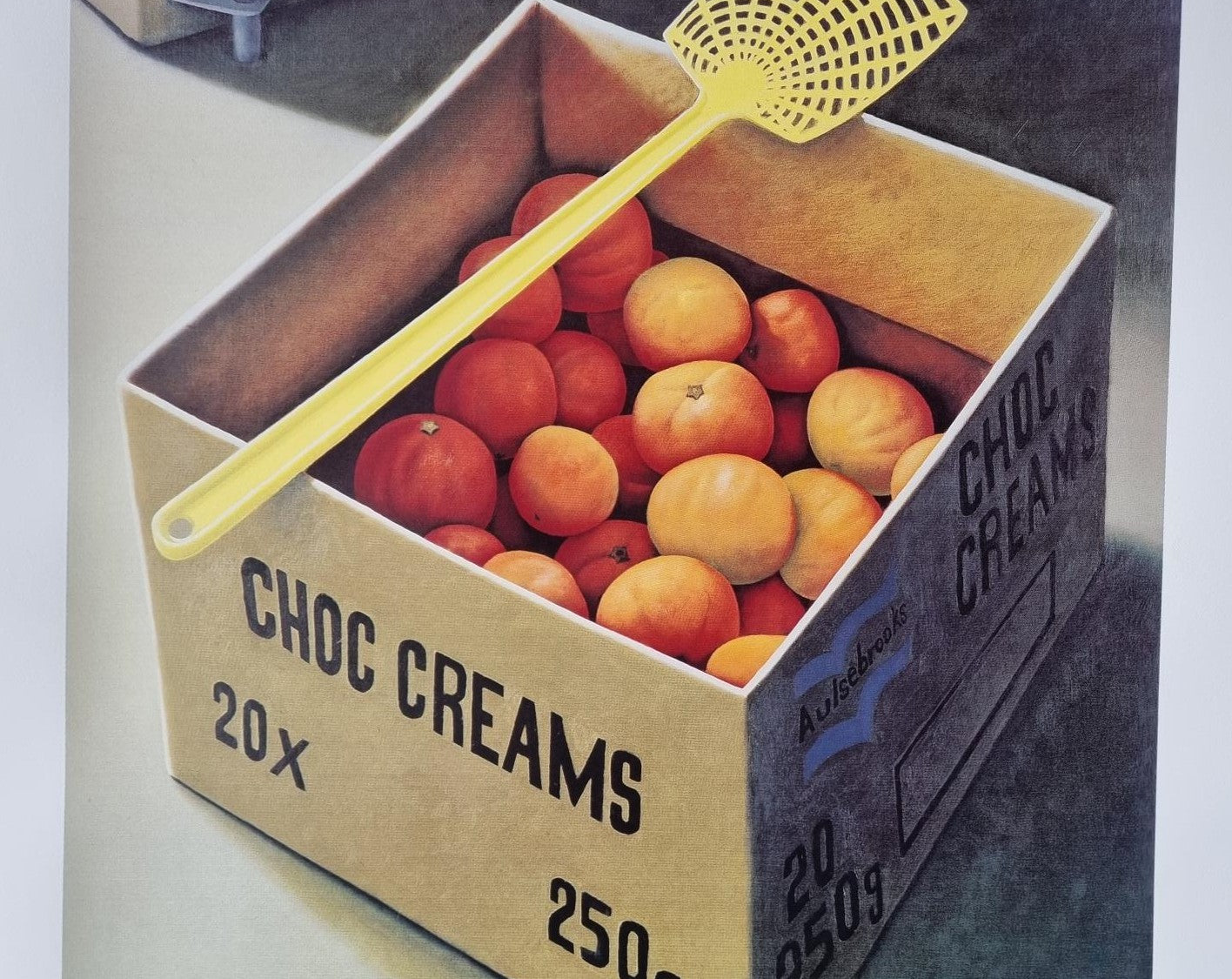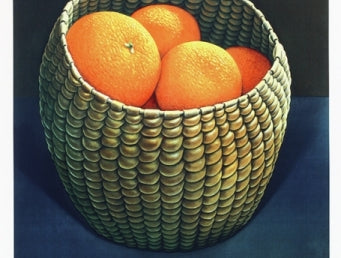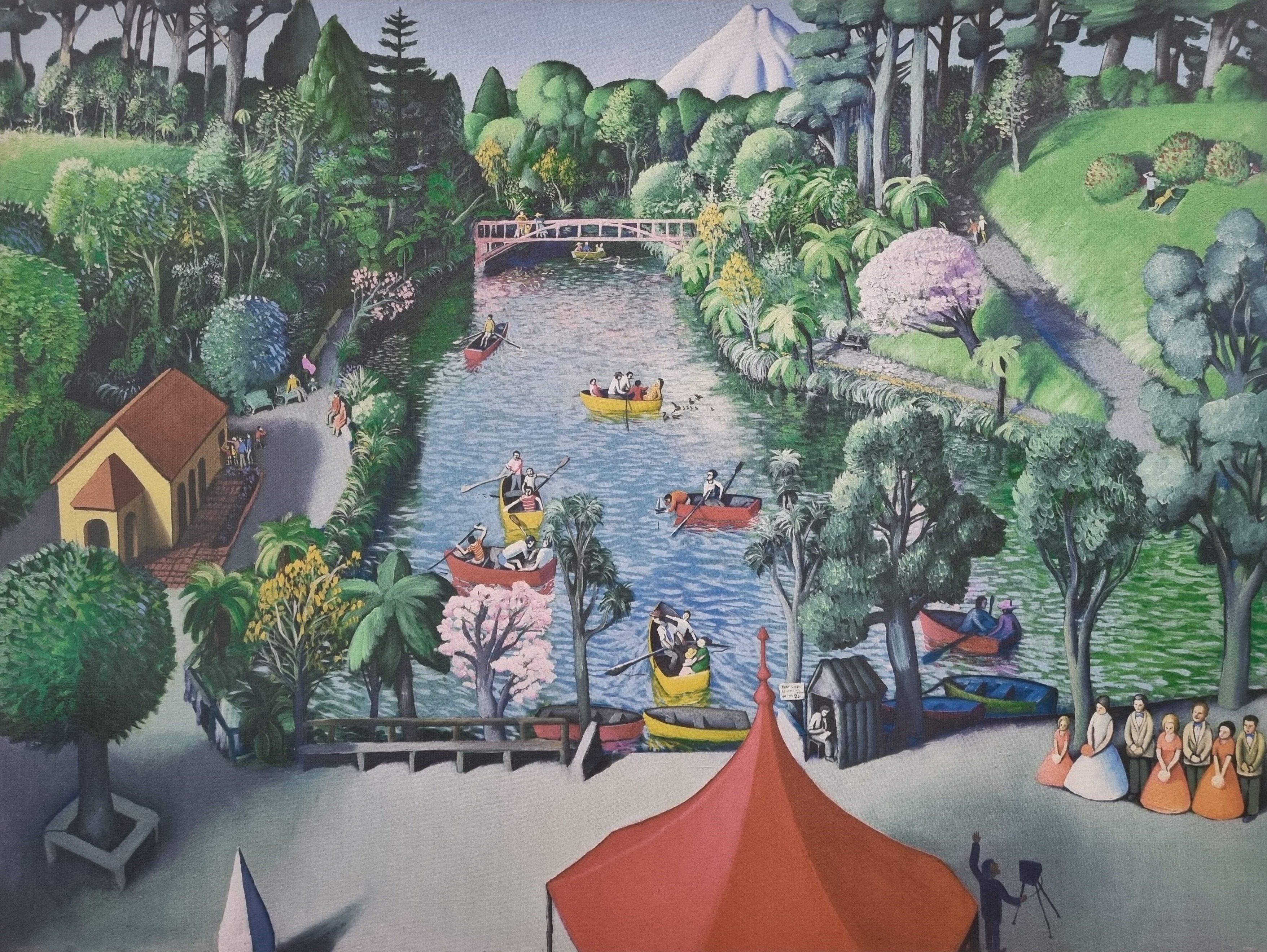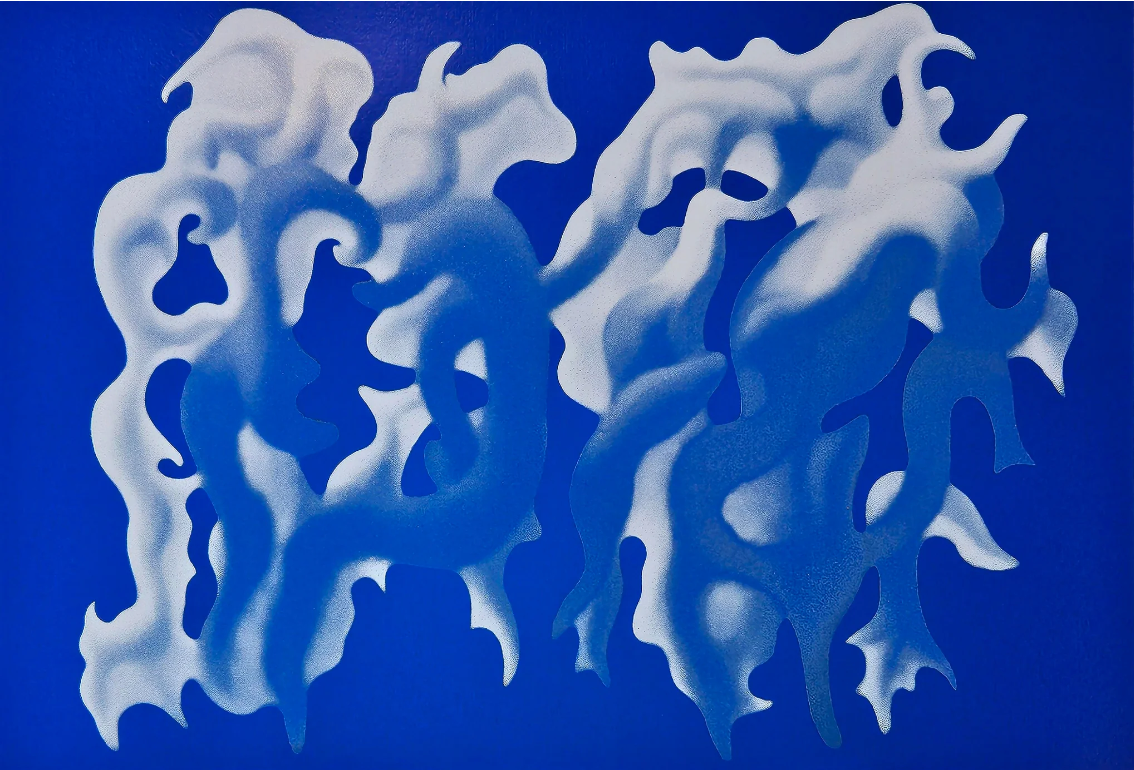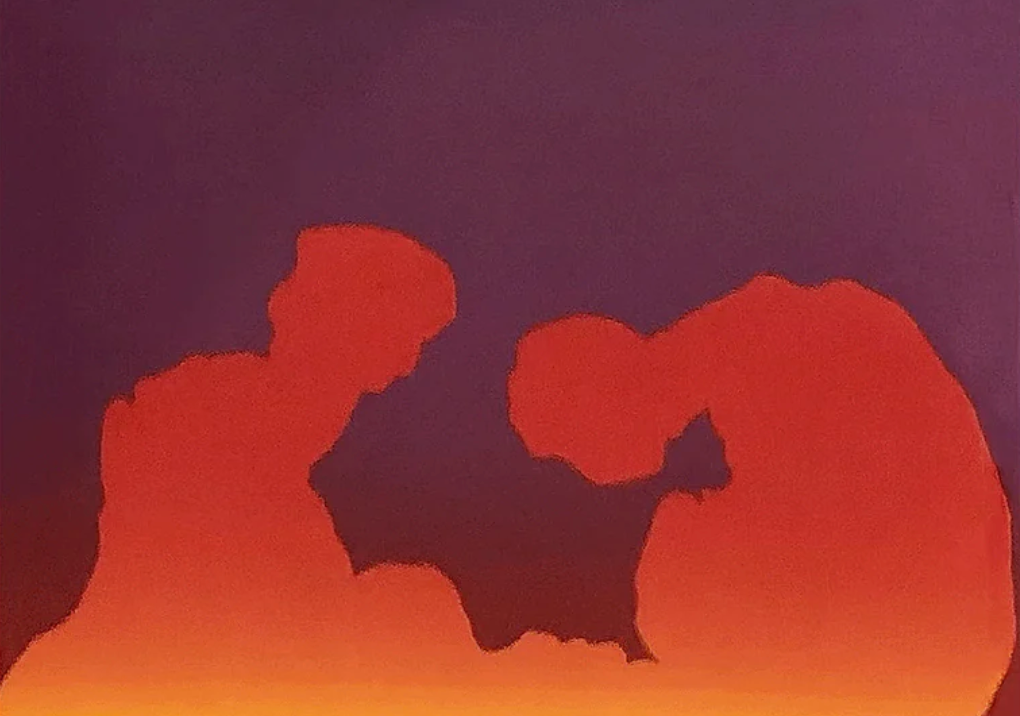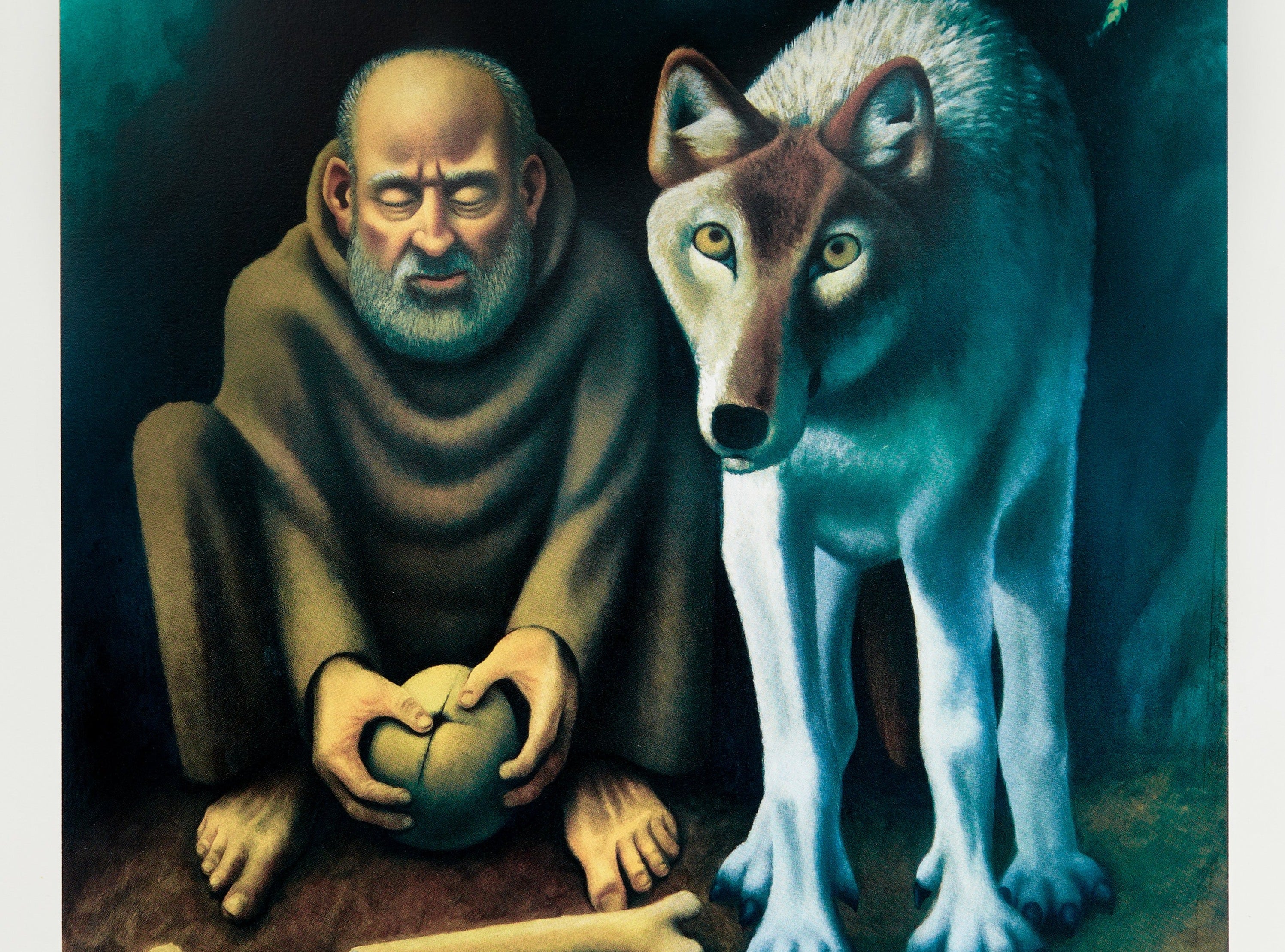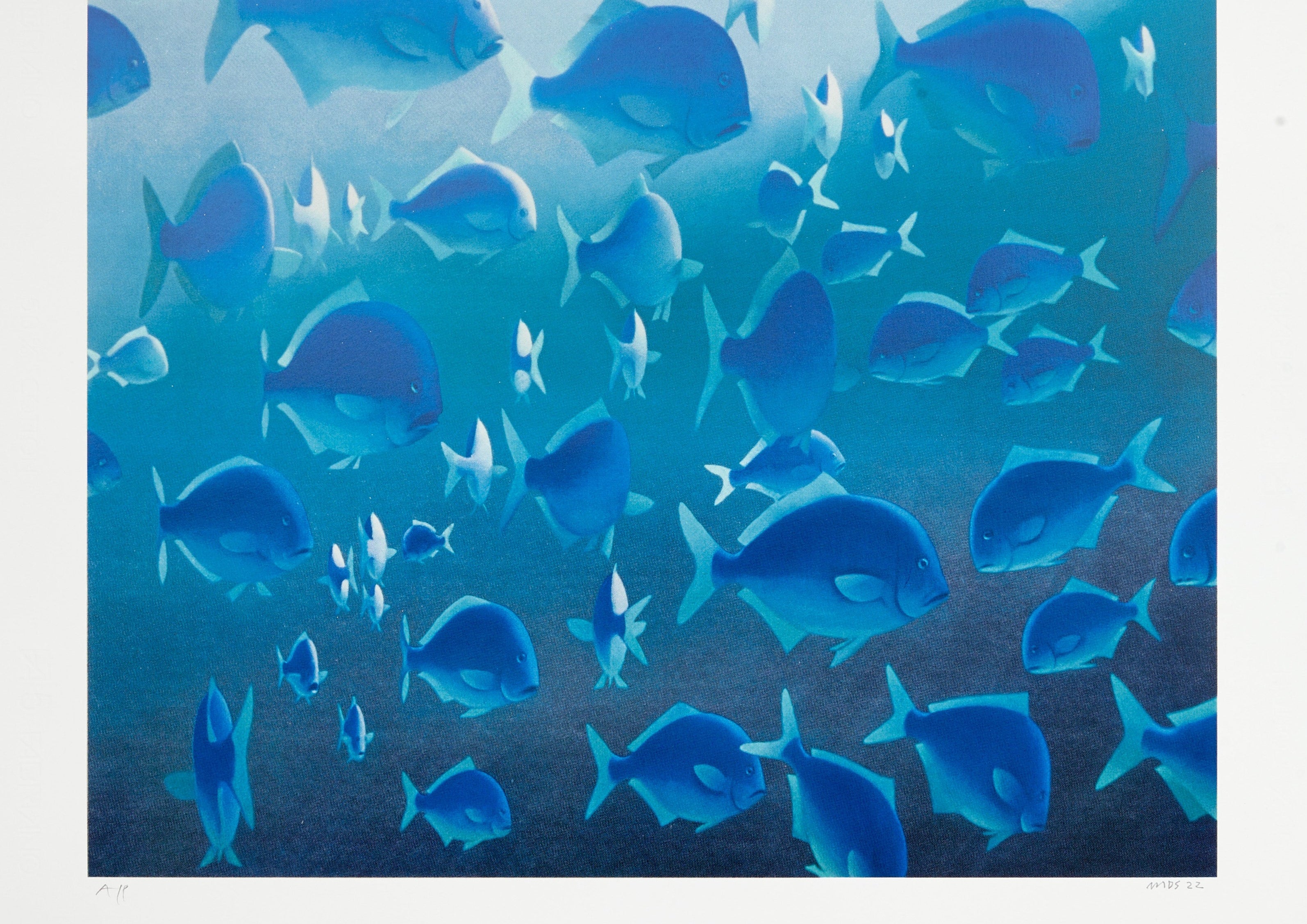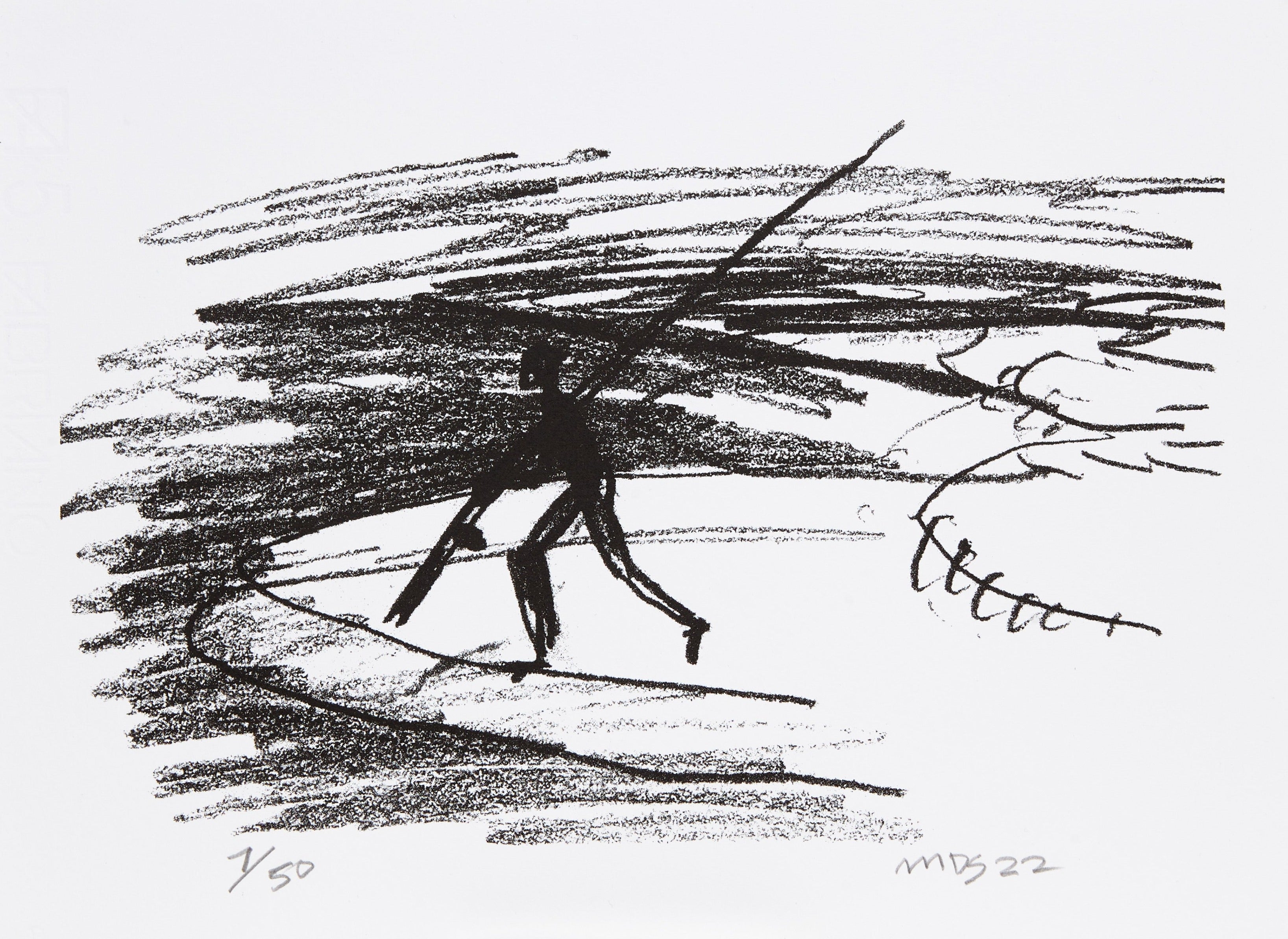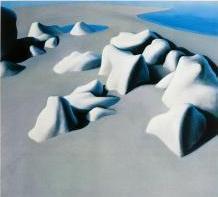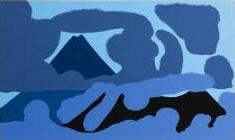Michael exhibits paintings, sculptures and integrates his musical expertise in his art.
Michael Smither was born in 1939 in New Plymouth, Taranaki, New Zealand. He attended Elam Art School in Auckland 1959-1960. Michael exhibits paintings, sculptures and integrates his musical expertise in his art. He now lives on the Coromandel and travels throughout New Zealand exploring landscape, art galleries and collections of paintings.
In the 1960's Michael began to explore the possibility of making screenprints, having spent his early years witnessing his father, Bill Smither, working in that medium. Michael worked with Bill in his basement studio over the next 15 years making approximately 250 different image screenprints. These earlier works were made as multiples without signatures and sold from $3-6 each. Screenprinting at this stage was not considered an 'art' medium.
Later, at the request of many people, the signed editions began. These were not individually numbered but included a numbering system that indicated a first edition by the number 1. followed by a date and a catalogue number. This last number was necessary because many prints were of the same topographical feature of Taranaki.
In 1985, after the death of Bill Smither, several years went by before Michael began making prints again, this time working the screen himself. These prints, while still using the topographical features of Taranaki, were more concerned with his developing theories of how colour related to sound, which culminated with the ?After Seurat? series printed in his present studio at Otama. These prints and all subsequent prints are signed and numbered in the traditional manner.
Michael exhibits paintings, sculptures and integrates his musical expertise in his art.
Michael Smither was born in 1939 in New Plymouth, Taranaki, New Zealand. He attended Elam Art School in Auckland 1959-1960. Michael exhibits paintings, sculptures and integrates his musical expertise in his art. He now lives on the Coromandel and travels throughout New Zealand exploring landscape, art galleries and collections of paintings.
In the 1960's Michael began to explore the possibility of making screenprints, having spent his early years witnessing his father, Bill Smither, working in that medium. Michael worked with Bill in his basement studio over the next 15 years making approximately 250 different image screenprints. These earlier works were made as multiples without signatures and sold from $3-6 each. Screenprinting at this stage was not considered an 'art' medium.
Later, at the request of many people, the signed editions began. These were not individually numbered but included a numbering system that indicated a first edition by the number 1. followed by a date and a catalogue number. This last number was necessary because many prints were of the same topographical feature of Taranaki.
In 1985, after the death of Bill Smither, several years went by before Michael began making prints again, this time working the screen himself. These prints, while still using the topographical features of Taranaki, were more concerned with his developing theories of how colour related to sound, which culminated with the ?After Seurat? series printed in his present studio at Otama. These prints and all subsequent prints are signed and numbered in the traditional manner.
Michael exhibits paintings, sculptures and integrates his musical expertise in his art.
Michael Smither was born in 1939 in New Plymouth, Taranaki, New Zealand. He attended Elam Art School in Auckland 1959-1960. Michael exhibits paintings, sculptures and integrates his musical expertise in his art. He now lives on the Coromandel and travels throughout New Zealand exploring landscape, art galleries and collections of paintings.
In the 1960's Michael began to explore the possibility of making screenprints, having spent his early years witnessing his father, Bill Smither, working in that medium. Michael worked with Bill in his basement studio over the next 15 years making approximately 250 different image screenprints. These earlier works were made as multiples without signatures and sold from $3-6 each. Screenprinting at this stage was not considered an 'art' medium.
Later, at the request of many people, the signed editions began. These were not individually numbered but included a numbering system that indicated a first edition by the number 1. followed by a date and a catalogue number. This last number was necessary because many prints were of the same topographical feature of Taranaki.
In 1985, after the death of Bill Smither, several years went by before Michael began making prints again, this time working the screen himself. These prints, while still using the topographical features of Taranaki, were more concerned with his developing theories of how colour related to sound, which culminated with the ?After Seurat? series printed in his present studio at Otama. These prints and all subsequent prints are signed and numbered in the traditional manner.
The Yellow Fly Swat
$900.00
Springtime in Pukekura Park
$1,200.00
Kirby's Cloud
$700.00
Taranaki Sunset
$700.00
Squid on a Plate
$700.00
Coromandel Rain Squall
$600.00
St Francis and the Wolf
$900.00
Blue Maomao
$1,200.00
The Rockwall
$1,200.00
Seawall and Kingfisher
$1,200.00
The Fisherman
$200.00
Stones in a Blue Bottle
$500.00
Breakwater
$395.00



